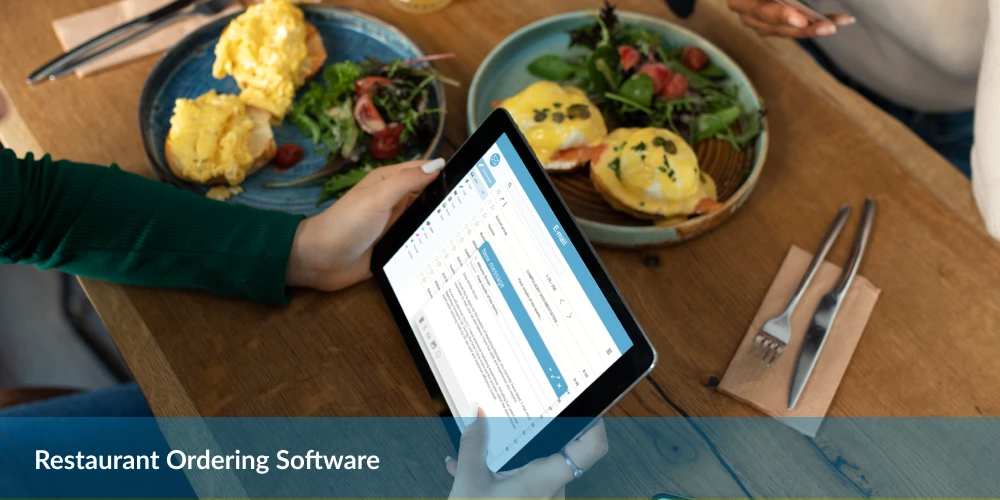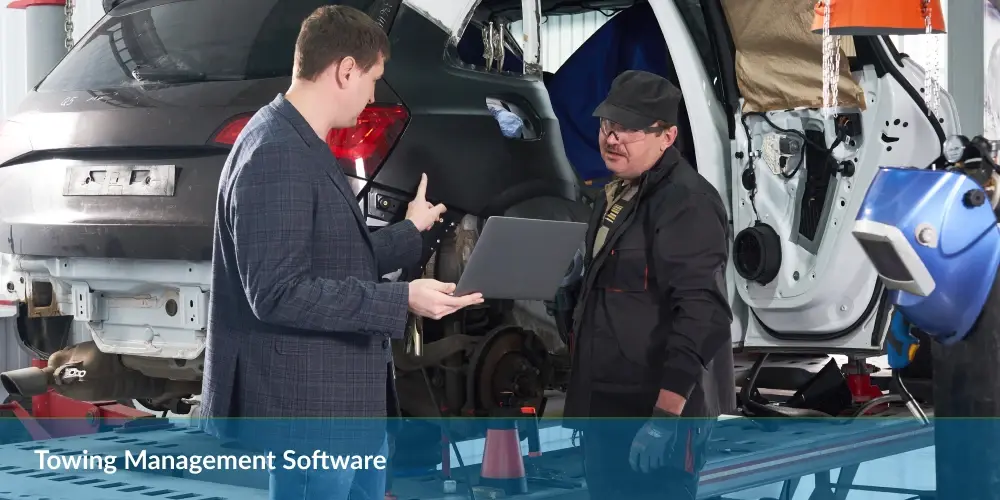Table of Contents
Last-mile delivery operators are still following the old rules to manage drivers, manage vehicle depreciation, reduce breakdowns and increase the operational efficiency of their delivery fleet. However, even with these established processes, creating a profitable operation for their business is often challenging.
So, how do you measure the performance of your last-mile delivery business when you are delivering hundreds of packages over 10 hours? By paying special attention to some crucial KPIs (Key Performance Indicators). In this post, we will look at some of the last-mile delivery KPIs that matter and can help you improve the operational performance of your last-mile delivery fleets.
Last-Mile Delivery KPIs That Matter
Contrary to its name, last-mile delivery is the longest mile of delivery. Last-mile delivery challenges vary across different industries, and here are the core KPIs you should measure to avoid confusion and chaos in your business operations.
- Cost Per Vehicle/Package/Mile
Traditionally, last-mile delivery businesses measure costs in a broad manner. However, this approach could be better when you want to measure order fulfillment at a specific time and get a clear idea of the current asset pool. Instead, it would be best to focus on measuring small factors like vehicle lease, wages, and fuel costs and on measuring the profit distribution for a delivery task. In addition, you also get a clear idea about the value of your assets and how each delivery affects the bottom line.
- Optimum Capacity Management
Managing a vehicle’s optimum capacity is one of the most crucial last-mile delivery KPIs. When done right, it leads to lower fuel costs, reduced trips, and lower maintenance costs. In addition, capturing capacity management data improves load planning for a business and helps it move toward a sustainable future.
- Order Accuracy
One of the ways to reduce last-mile delivery losses is to deliver the orders to the correct address at all times. Unfortunately, despite the best efforts, deliveries do get mixed up. Some of the common issues include the wrong address, lost packages, and damaged products. However, you can reduce the number of failed or rescheduled deliveries by getting a solid grip on order accuracy. Components that help you maintain order accuracy include digital proof of delivery, barcode scans, route optimization, and automatic order assignment.
- Wasted Miles
Empty transit vehicles add to the costs incurred by a last-mile delivery business. Not only does it lead to wasted fuel consumption, but it also contributes to wasted work hours. Once you start tracking this KPI, you can find new ways to ensure that there is no unnecessary stoppage during transit and use geofencing, speedometer reading, and image proofs to reduce the empty miles significantly.
- Timely Deliveries
To get a granular vision of your deliveries, you can measure the ratio of timely deliveries done in over a month or a time of your choosing. Measuring this KPI represents how successful your delivery orchestration efforts are and helps you create a more effective last-mile strategy.
- Fuel Prices
This KPI can have different meanings for various pickup and delivery businesses. For last-mile delivery service providers, fuel consumption can be kept to a minimum by utilizing the assets properly and using optimum route optimization to orchestrate an effective last-mile delivery operation. Business owners can also measure factors like idling time, vehicle speed, maintenance logs, and geofencing to reduce the fuel consumption of their delivery fleets.
- Fake Deliveries
Delivery partners often punch in fake deliveries and update milestones like ‘order picked up, ‘arriving near you,’ and ‘order delivered’ without making a delivery attempt. A last-mile delivery business that uses traditional delivery methods without real-time oversight of the orders’ status has no control over such incidents. However, with delivery management software that can track orders in real-time, fake delivery cases can be eliminated from last-mile delivery operations.
- Customer Feedback
Listening to your customers is the most crucial metric for a last-mile delivery business. Customers today are becoming more demanding, and if you fail to collect their feedback regarding the delivery experience, you won’t be able to improve the operational efficiency of your business. You can enlist delivery management software that helps you improve customer relationships by providing accurate ETAs, opening a clear line of communication between the customer and delivery partners, and enabling them to share their feedback with ratings instantly.
Measure Them All With NetworkON
NetworkON is an AI-powered delivery management software that helps you measure the KPIs discussed above and more with simple integration with your system. NetworkON is capable of integrating with organizations of all sizes and can help you improve the effectiveness of your entire logistics operation.
Some of the most notable NetworkON features include
- AI-Powered route optimization
- Accurate geofencing capabilities
- Digital proof of delivery generation
- Real-time tracking of delivery fleets
- Seamless communication between all stakeholders
- Accurate ETA generation for every order
- Instant feedback from the customer
- Automatic order assignment capabilities
- Easy to execute white-glove delivery
These features can help a last-mile delivery business get started on the path to success and help them compete with the big boys.
To know more about how your last-mile delivery business will function with a NetworkON integration, schedule a free demo with us today. For more information, email us at info@networkon.io or visit our website.
Frequently Asked Questions:
Q. What are Last-Mile Delivery KPIs?
This article emphasizes the importance of Key Performance Indicators (KPIs) in last-mile delivery operations. KPIs are specific metrics used to measure and evaluate the performance of a last-mile delivery business.
Q. Why is “Cost Per Vehicle/Package/Mile” an essential KPI for last-mile delivery businesses?
The article suggests focusing on small factors like vehicle lease, wages, and fuel costs to get a clear idea of the current asset pool and how each delivery affects the bottom line. This KPI helps in understanding the value of assets and measuring profit distribution.
Q. How does “Optimum Capacity Management” impact last-mile delivery operations?
Optimum capacity management is highlighted as a crucial KPI that, when done right, leads to lower fuel costs, reduced trips, and lower maintenance costs. It improves load planning for a business and contributes to a sustainable future.
Q. What role does “Order Accuracy” play in reducing last-mile delivery losses?
The article explains that maintaining order accuracy through digital proof of delivery, barcode scans, route optimization, and automatic order assignment helps reduce failed or rescheduled deliveries, addressing common issues such as wrong addresses, lost packages, and damaged products.
Q. How can tracking “Wasted Miles” benefit last-mile delivery businesses?
Wasted miles contribute to costs and inefficiencies. Tracking this KPI enables businesses to find new ways to reduce unnecessary stoppages during transit, using geofencing, speedometer reading, and image proofs to minimize empty miles.
Q. What does the “Timely Deliveries” KPI measure, and why is it important?
Measuring the ratio of timely deliveries provides insight into the success of delivery orchestration efforts. This KPI helps businesses evaluate the effectiveness of their last-mile strategy by assessing the percentage of deliveries completed on time over a specific period.
Q. How can businesses leverage “Fake Deliveries” as a last-mile delivery KPI?
The article addresses the issue of fake deliveries and highlights the importance of real-time oversight using delivery management software. Such software can eliminate fake delivery cases by tracking real-time orders, ensuring accurate milestones and delivery attempts.
Q. Why is “Customer Feedback” the most crucial metric for last-mile delivery businesses?
Customer feedback is emphasized as vital for improving operational efficiency. The article suggests that listening to customer feedback through delivery management software helps businesses enhance customer relationships, provide accurate ETAs, and foster clear communication, ultimately improving the overall delivery experience





0 Conversations